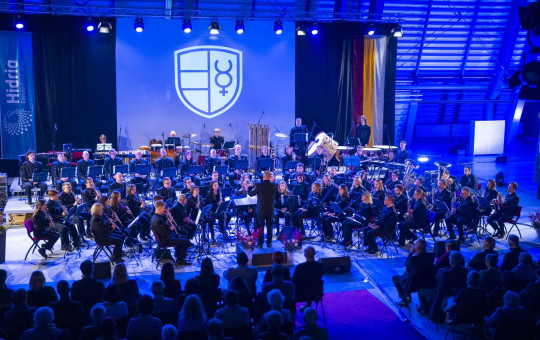Date: 25. April 2024
Time to read: 2 min
The renovated Pelikan House, which has been refurbished under the auspices of the Celje Museum of Contemporary History, has officially opened its doors in Celje.
The main purpose of the renovation, revitalisation and opening of the entire house of photographer Josip Pelikan is to present the history of photography from the beginning of the 20th century to the present day.
Two original photographic studios - one glass and one electric - will be on display, which is unique in the world.
There are a few similar studios in Europe, but nowhere can you see two in one house.
-
The comprehensive renovation is being completed after four years, having been announced in 2019 with the opening of a temporary exhibition entitled Pelikan Photo House 1899-1919-2019 in the basement. Photo: Celje Museum of Contemporary History
-
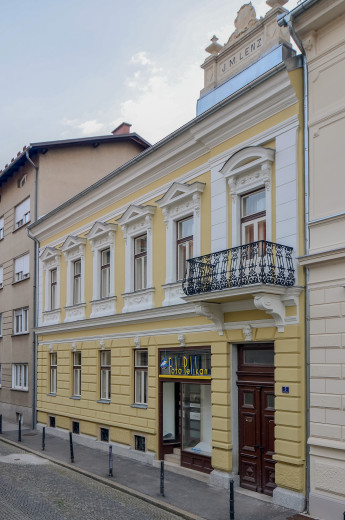 The renovation also included probing surveys of the walls, most of the windows were replaced or made to look like the original ones, and the interior furniture was only cleaned. Photo: MNZ Celje
The renovation also included probing surveys of the walls, most of the windows were replaced or made to look like the original ones, and the interior furniture was only cleaned. Photo: MNZ Celje
-
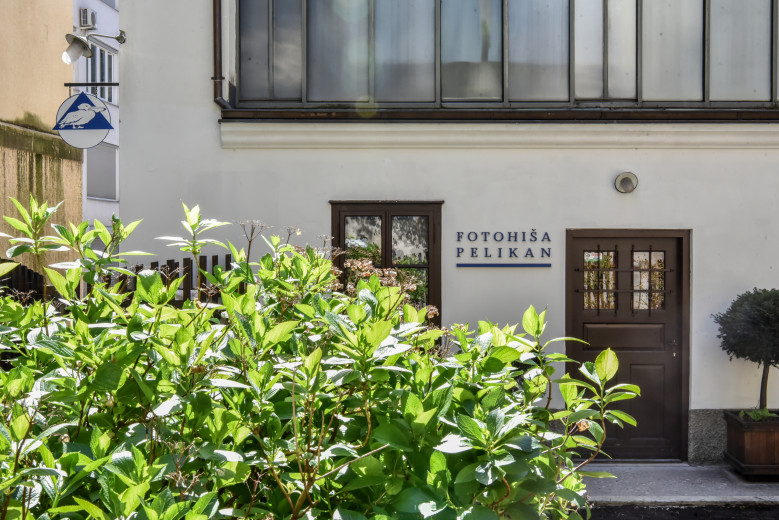 The challenge was to preserve the heritage, but also to bring in some modern elements that they didn't want to be hidden. For example, they added a touch of blue to the basement. Photo: MNZ Celje
The challenge was to preserve the heritage, but also to bring in some modern elements that they didn't want to be hidden. For example, they added a touch of blue to the basement. Photo: MNZ Celje
-
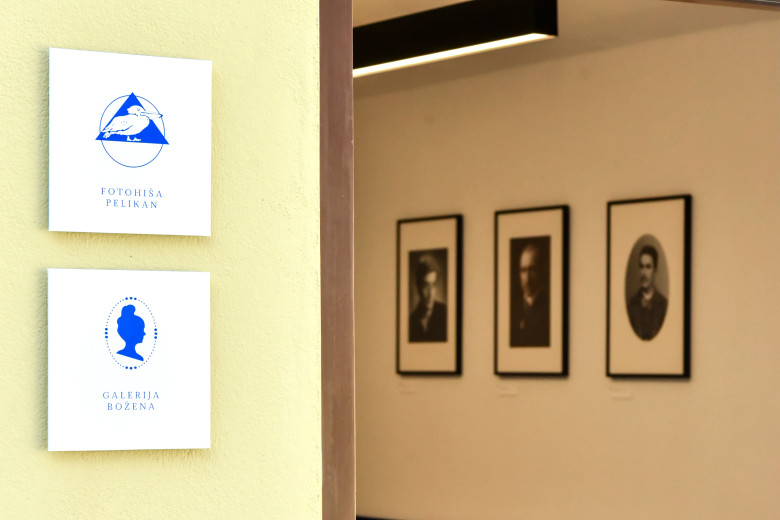 The entire restoration cost EUR 666,000, more than half of which was covered by the Municipality of Celje, with the museum contributing 30%. The restoration was also co-financed by the Ministry of Culture. Photo: MNZ Celje
The entire restoration cost EUR 666,000, more than half of which was covered by the Municipality of Celje, with the museum contributing 30%. The restoration was also co-financed by the Ministry of Culture. Photo: MNZ Celje
At the same time, the apartment where the photographer Pelikan and his family lived will also be on display, giving visitors an insight into the bourgeois living culture of the last century. They will be able to conclude their visit in the basement, which has been converted into a modern space in addition to the attic.
In the basement is the Božena Gallery, named after Pelikan's daughter, who took over her father's photography craft and continued to live and take photographs in the house after her father's death.
The gallery is dedicated to contemporary photographic production. The attic space has been converted into a large modern hall, which will be used for various events.
This renovation has extended the existing museum unit - the glass studio - to the entire building, together with a newer photography studio, an apartment, and basement and attic spaces, now covering a total of 600 square metres of space.
-
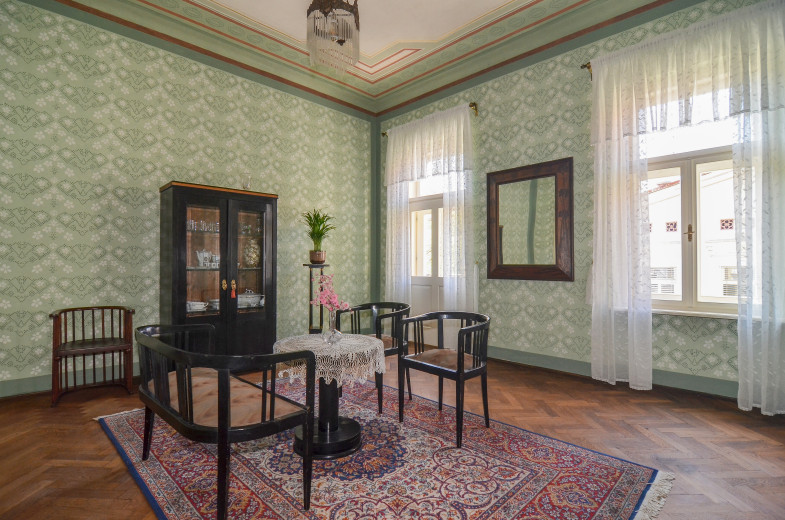 Visitors will get an insight into the bourgeois living culture of the last century. Photo: MNZ Celje
Visitors will get an insight into the bourgeois living culture of the last century. Photo: MNZ Celje
-
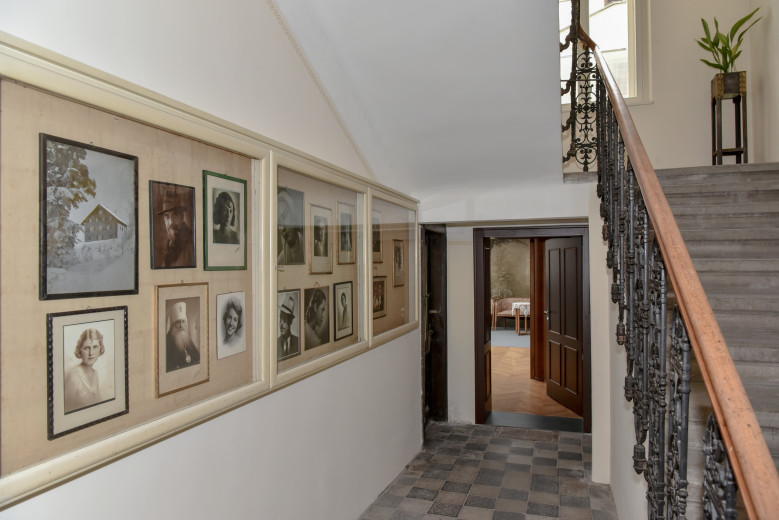 They will be able to conclude their visit in the basement, which has been converted into a modern space next to the attic. In the basement is the Božena Gallery, named after Pelikan's daughter, who took over her father's photography craft and continued to live and take photographs in the house after her father's death. Photo: MNZ Celje
They will be able to conclude their visit in the basement, which has been converted into a modern space next to the attic. In the basement is the Božena Gallery, named after Pelikan's daughter, who took over her father's photography craft and continued to live and take photographs in the house after her father's death. Photo: MNZ Celje
-
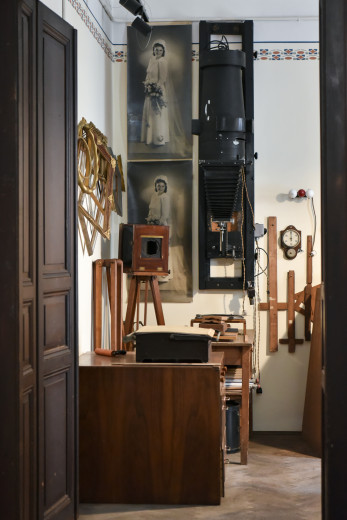 This renovation has extended the existing museum unit - the glass studio - to the entire building, together with a newer photography studio, an apartment, and basement and attic spaces, now covering a total of 600 square metres of space. Photo: MNZ Celje
This renovation has extended the existing museum unit - the glass studio - to the entire building, together with a newer photography studio, an apartment, and basement and attic spaces, now covering a total of 600 square metres of space. Photo: MNZ Celje
The history of the Pelikan House dates back to 1899, when the photographer Johann Martin Lenz of Celje had a residential house with an extension - a photographic studio or glass salon - built, which was first rented and then bought by Josip Pelikan after his death in 1919.
Born in Trbiz, Pelikan, of Czech roots, came to Celje from Idrija. Pelikan was not just a portrait photographer like most photographers of the time. He was also a documentary, industrial and architectural photographer, but above all he was a chronicler of the city of Celje and much of the surrounding area. Among other things, he photographed events during the German occupation of Celje.

